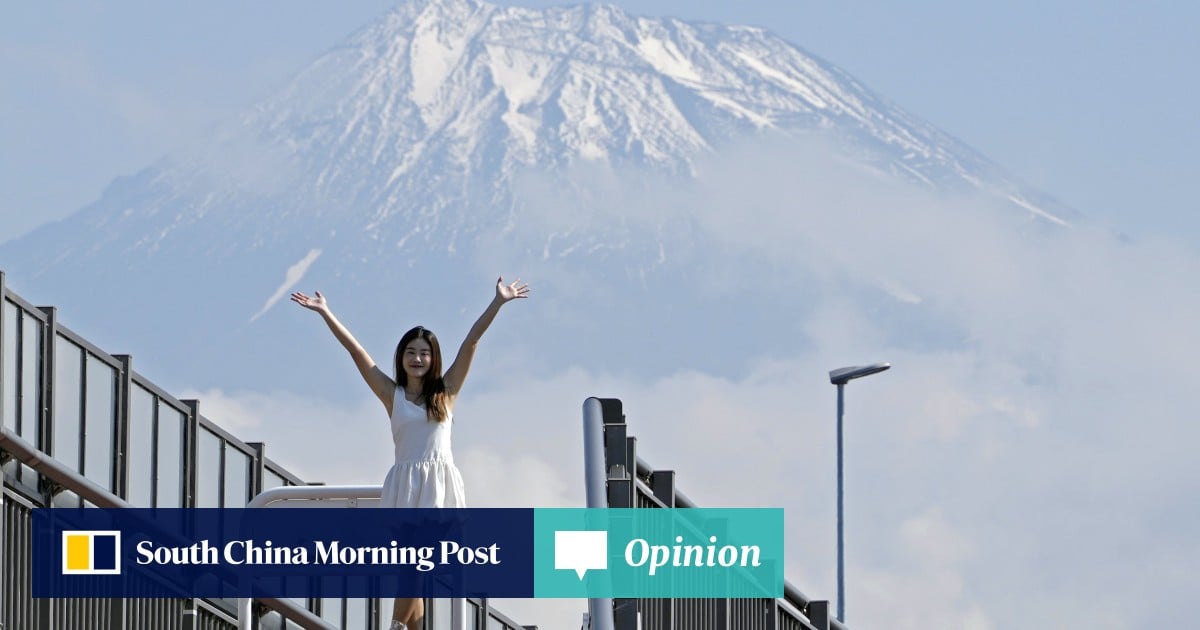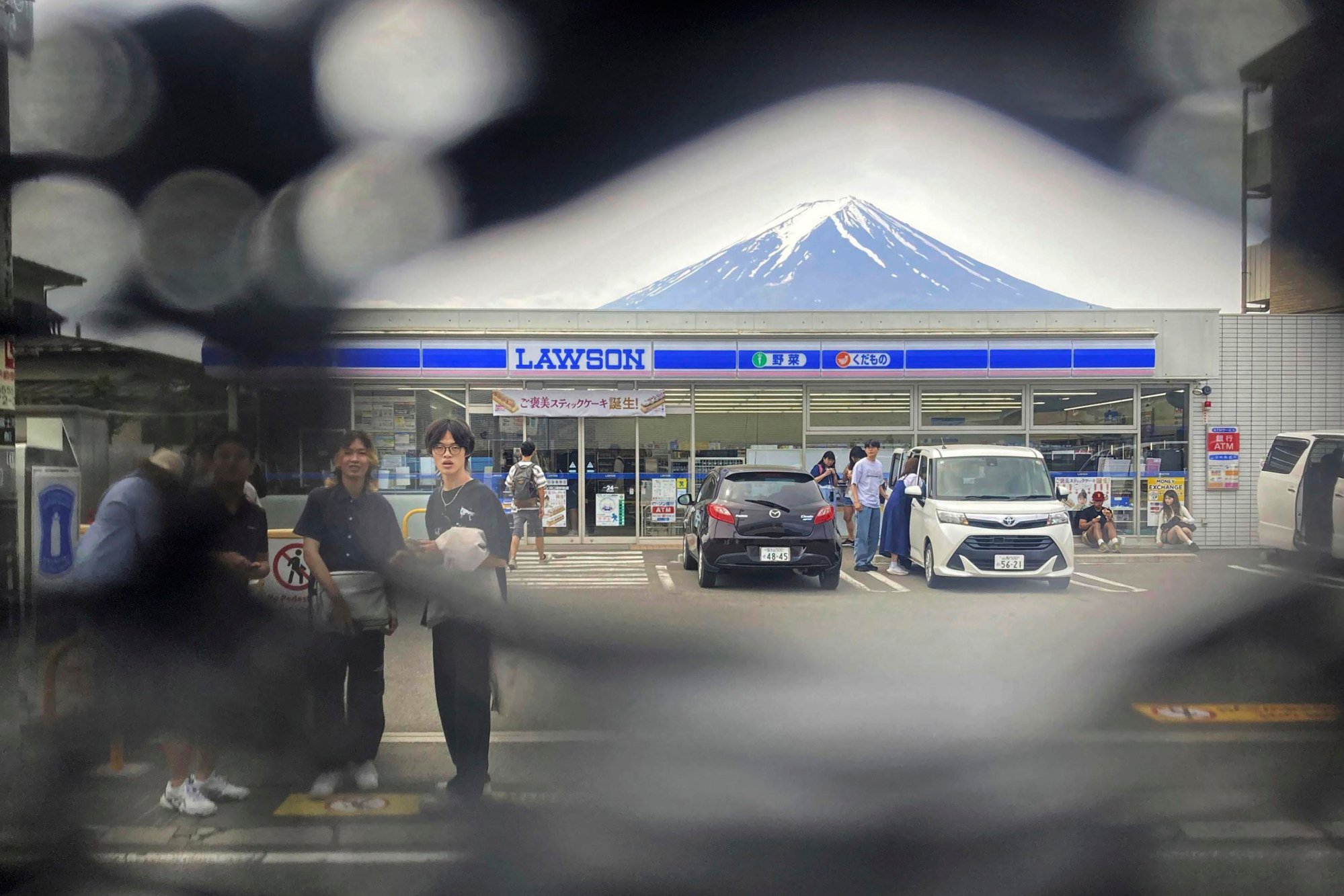
The Mount Fuji Dream Bridge – they were perhaps asking for trouble with that name – aligns with the outline of the sacred mountain in such a way that, from some angles, its steps appear to lead towards the peak.
The trouble “all began in December last year when a foreign influencer put images on Instagram”, Miyu Toyama, an official of the Exchange Tourism Division of the city government, told the Post. “The image soon spread and now almost all the people who visit the bridge are foreigners, not Japanese.
“People even come when it is raining or if Mount Fuji is covered in clouds, which causes problems because they stay longer, hoping that it will clear and that means lots of people can be there at the same time,” said Toyama. Some even arrive with their luggage.
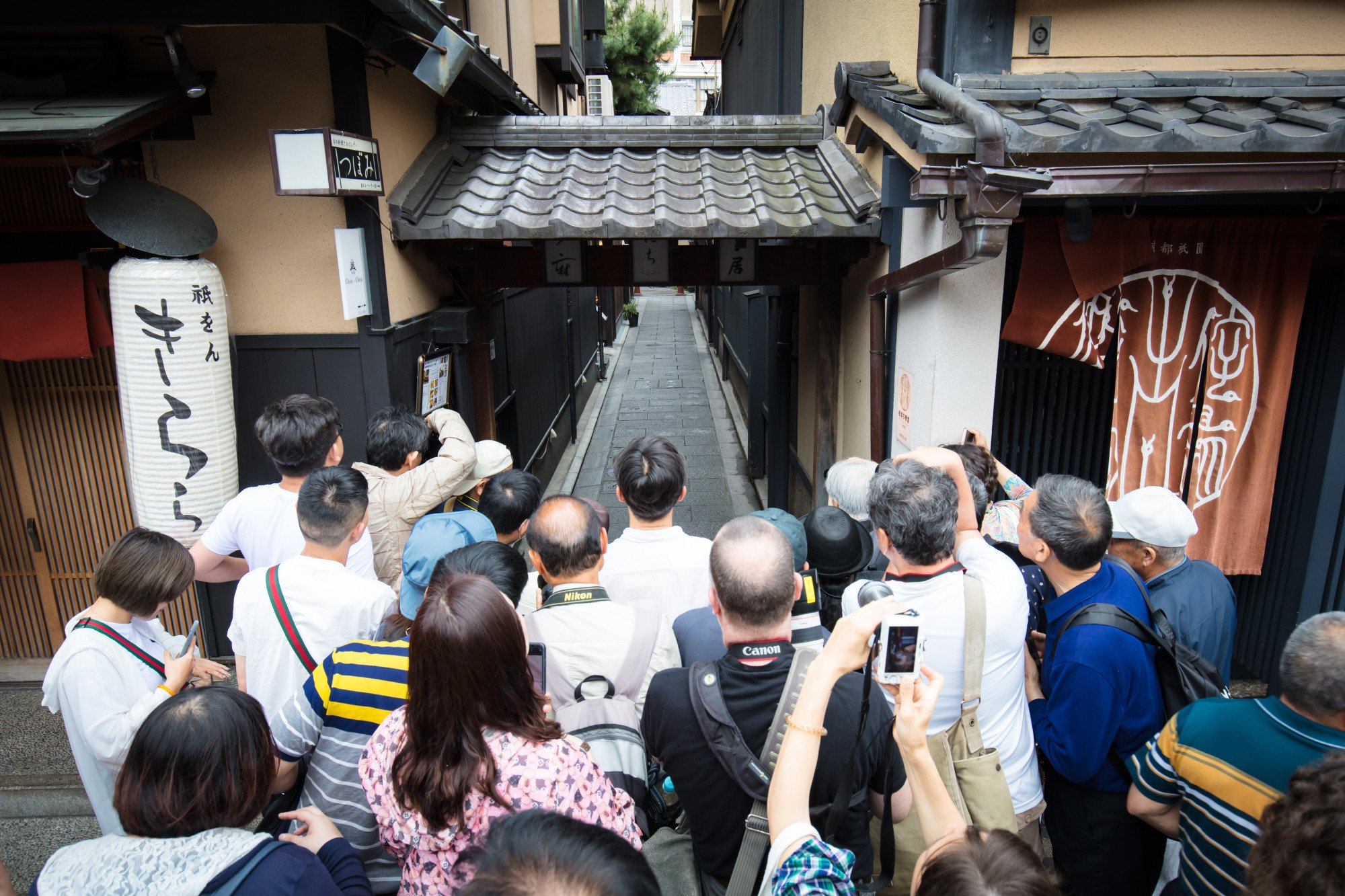
Japan is 377,973 sq km (145,936 square miles) in size and most of it sees few tourists because the 3 million or so who descend on the country every month tend to be an unimaginative lot whose travel itineraries centre on selfies. That trail leads inevitably not just to Mount Fuji, but also to Kyoto.
The latest attempt to corral the crowds is the introduction this month of the Sightseeing Limited Express Bus. This involves two routes that stop only at the city’s major tourist sites. The aim is to free up space on buses used by ordinary citizens.
It’s difficult to know how best to balance the needs of residents and the desires of money-bringing visitors. Measures such as quotas and dynamic pricing have their appeal but also their drawbacks.
Perhaps it won’t be long before tourism boards begin employing AI to send out deflection photos on Instagram, Weibo and TikTok, to lead the social media set off to random spots around their country.
Gratis Macau
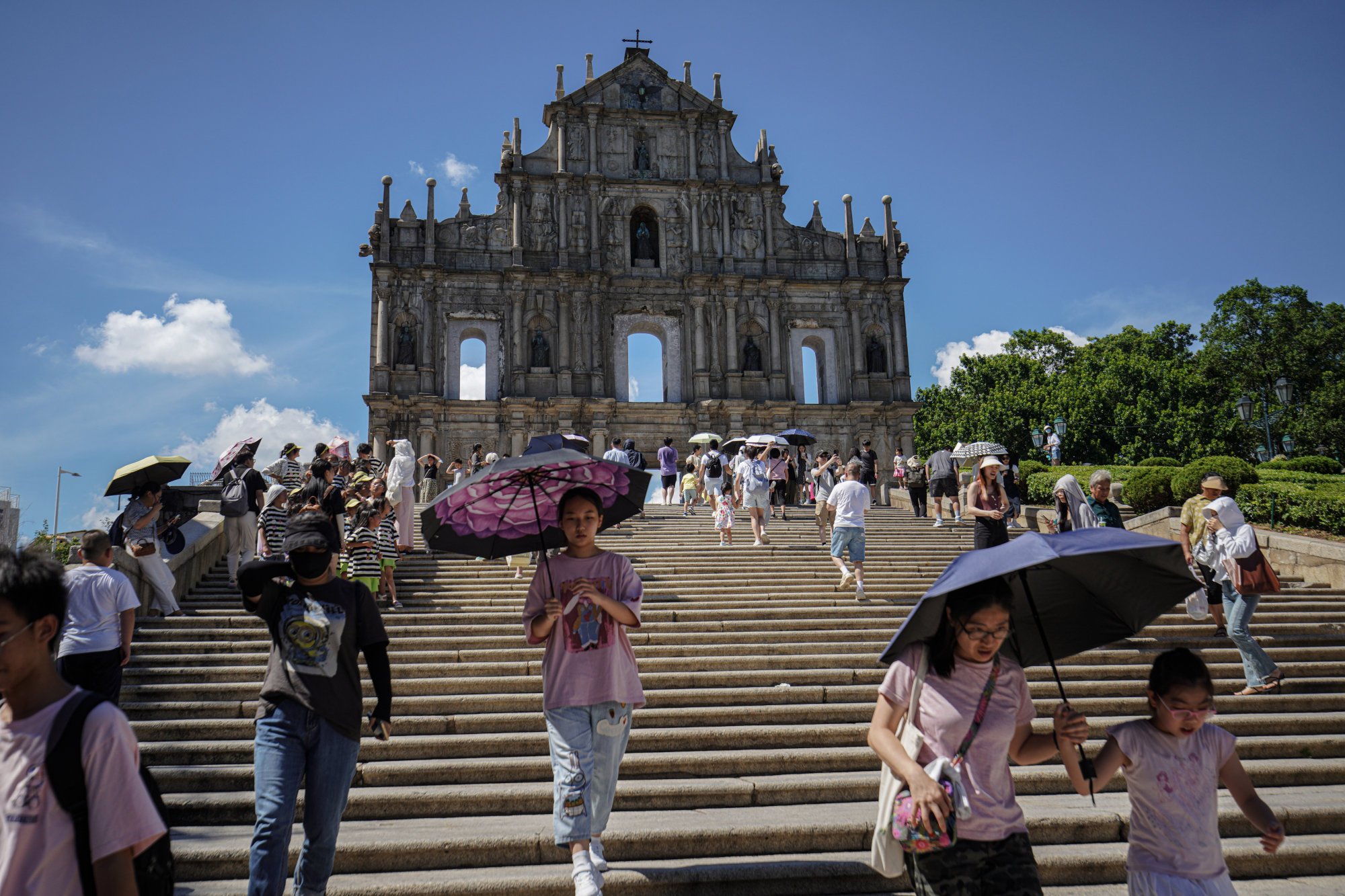
Personal finance outfit CashNetUSA has analysed the Tripadvisor reviews of free attractions at nearly 1,000 of the world’s most popular destinations to conclude that, within Asia, Macau, with 10.06 per cent of its attractions noted as being free, beats the Malaysian trio of Melaka (9.79 per cent), Kuching (9.3 per cent) and George Town (7.87 per cent).
Hong Kong comes in at 10th, with 5.62 per cent of its attractions counted as being free to enter.
Unfortunately, the free stuff to do in Macau isn’t that great. The city doesn’t make it onto another list, which ranks the quality (average review rating) of Asia’s free attractions by destination, the top three spots of which are taken by Nepal; Antalya, Turkey; and Qatar.
Terminal headache
Elsewhere in Asia, visitors may have to negotiate what’s been called the world’s worst airport, by the writer of an opinion piece in British newspaper The Times.
Furthermore, Adams writes, “I will always have a soft spot for Koh Samui, where arriving passengers file through cute wooden Thai pavilions, but less time for Bangkok’s cramped Don Mueang, which is as budget as the airlines it handles.”
She has even less time for the immigration queues in Mumbai, India, which “are so legendarily bad that there’s even a kiosk just to deal for people who miss their flights because of them, and every Chinese airport I have ever visited, from Shenzhen to Beijing’s old PEK, smells like fags [cigarettes] with bad food”.
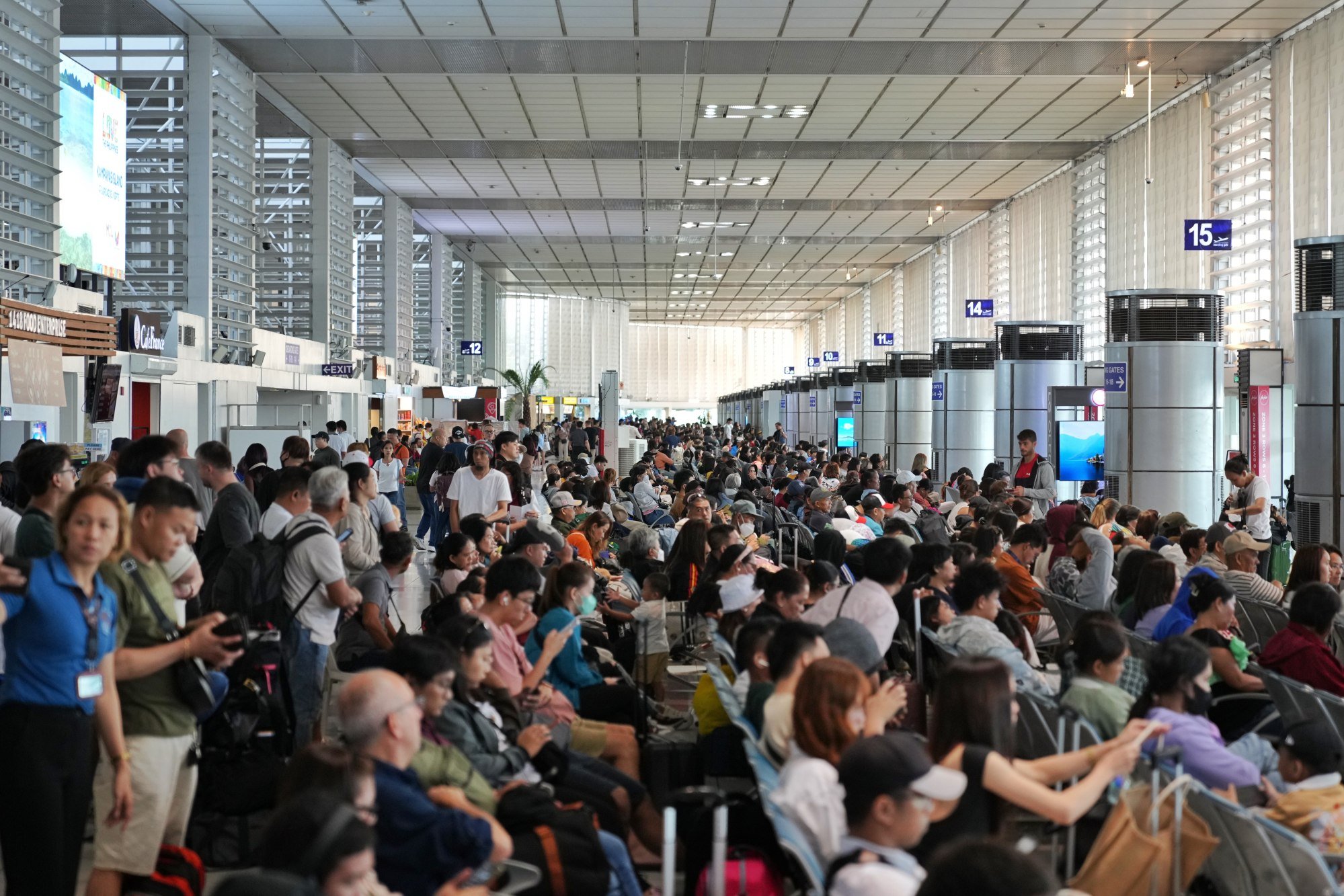
“Your airline might think you can transit in 90 minutes, but from bitter experience I can tell you it will take four hours (and usually in the small hours). Which is awkward in a country for which transiting in Manila is the only way to get around.”

